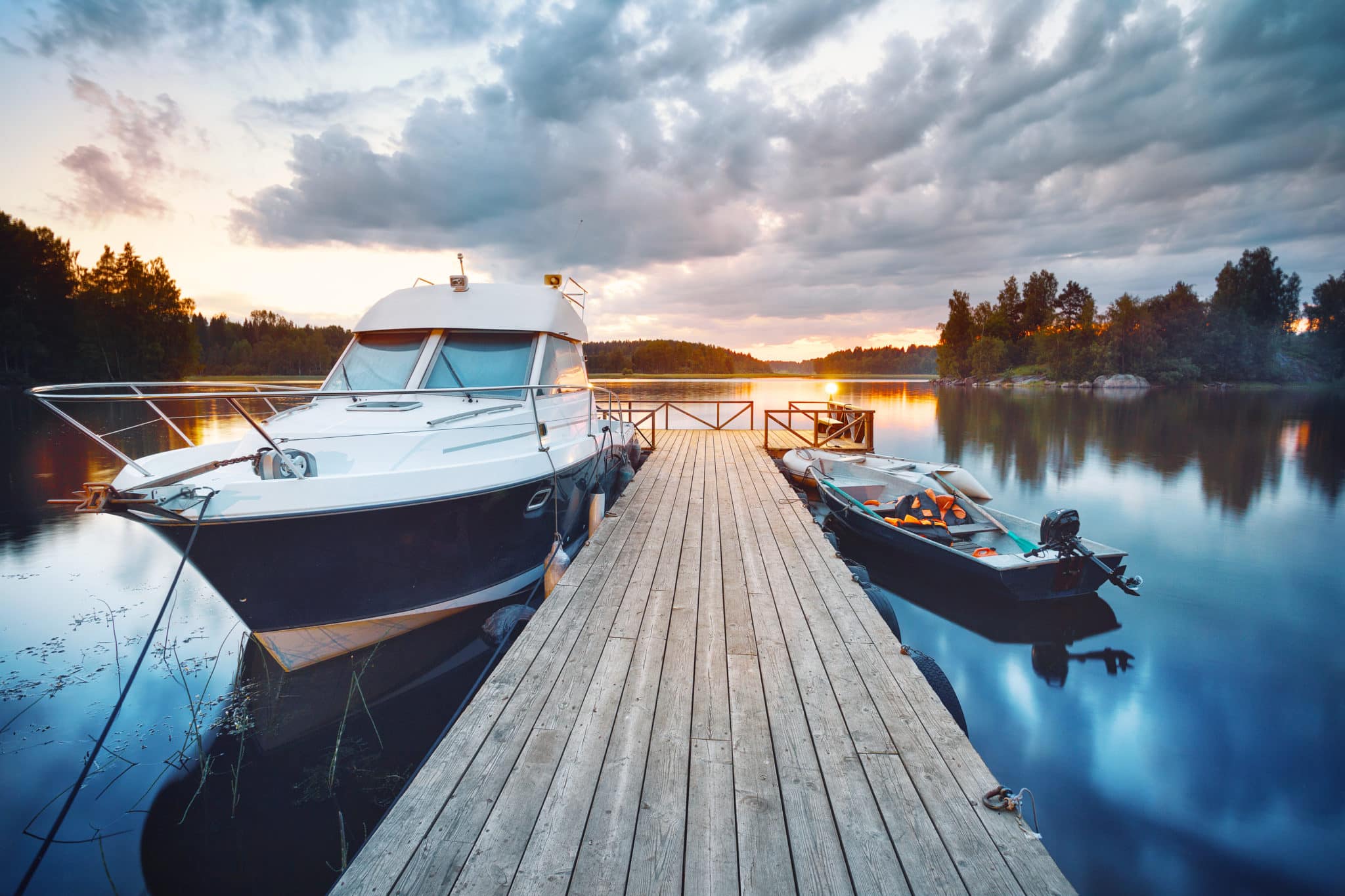
With summer around the corner (and the countdown continues), it will soon be time to retrieve your good ‘ole faithful boat from winter hibernation. Before you sail off into the blue, there are some safety measures you need to consider.
Depending on the size of your boat, measures may vary. But the following equipment is required for all boats that measure 6 metres (19 feet 8 inches) in length or smaller, according to the marine safety laws of the Government of Canada.
- An appropriately sized, Canadian-approved personal flotation device (PFD) or lifejacket for each person on board. Its importance cannot be overstated. In fact, a 20-year study by the Canadian Red Cross found that 50% of boating deaths could have been prevented simply by wearing a life jacket.
- A life buoy. Often referred to as a life ring, this personal flotation device is used to rescue a person who has fallen overboard. To be approved, a life buoy must be in good condition and should be emblazoned with a sticker indicating its approval by Transport Canada. It must also be attached to a line of at least 15 m in length and be appropriate for the size of your vessel.
- Bailer or hand pump. Used to remove water from inside a boat, the bailer must be made of metal or plastic, have a volume of at least 750 ml and an opening that is at least 65 cm2 in area.
- Sound-signalling device. An essential tool in the face of reduced visibility, such as fog or heavy rain, or whenever a boat operator needs to signal his position, the sound-signaling device can be a pealess whistle, a compressed gas horn or an electronic horn.
- Navigation lights These come in handy when there is reduced visibility. They are also needed between sunset and sunrise.
- Class 5BC Fire extinguisher. These are necessary when you’re driving a craft with an inboard motor, fixed fuel tank, and/or any fuel-burning cooking, heating or refrigeration units. Even though they are not required on all motorboats, it is highly recommended to carry one.
- Manual propelling device or anchor with at least 15 metres of rope, cable or chain.
- A waterproof flashlight or 3 Canadian-approved flares (type A, B or C flares).
- A buoyant heaving line (15 metres in length).
- A vessel license if your craft uses a motor of 10 hp (7.5 kW) or greater. Ensure your vessel is properly marked and you carry a copy of the vessel license.
Keep in mind that you need to follow these regulations even if you are just renting or borrowing a boat. The responsibility for possessing the requisite equipment is shared equally by the lessor and lessee. And be sure that the equipment is in good working order, easily accessible and user-friendly so that everyone on board can make use of them.
Other tips
Though not required by law, it is a good idea to take the following with you, should you be traveling a fair distance over a few hours:
- extra clothing in a waterproof bag
- drinking water
- a first aid kit
Contact us
Traversing the open water by boat is one of the most enjoyable summer activities. Not surprisingly, tens of thousands of Canadians take to the waterways each year. But boating is not without risk. Without the proper equipment, serious injury or even death can occur.
We understand the difficulties that arise when others’ carelessness leads to preventable boating accidents and injuries. At Howie, Sacks and Henry LLP, we represent all personal injury victims with the utmost care and compassion. And we provide the best possible legal representation for you. If you’ve been in a boating accident, you may be eligible for compensation.
For more information, please contact HSH Managing Partner and personal injury lawyer David J. Levy at davidlevy@hshlawyers.com or 416-361-0117.


